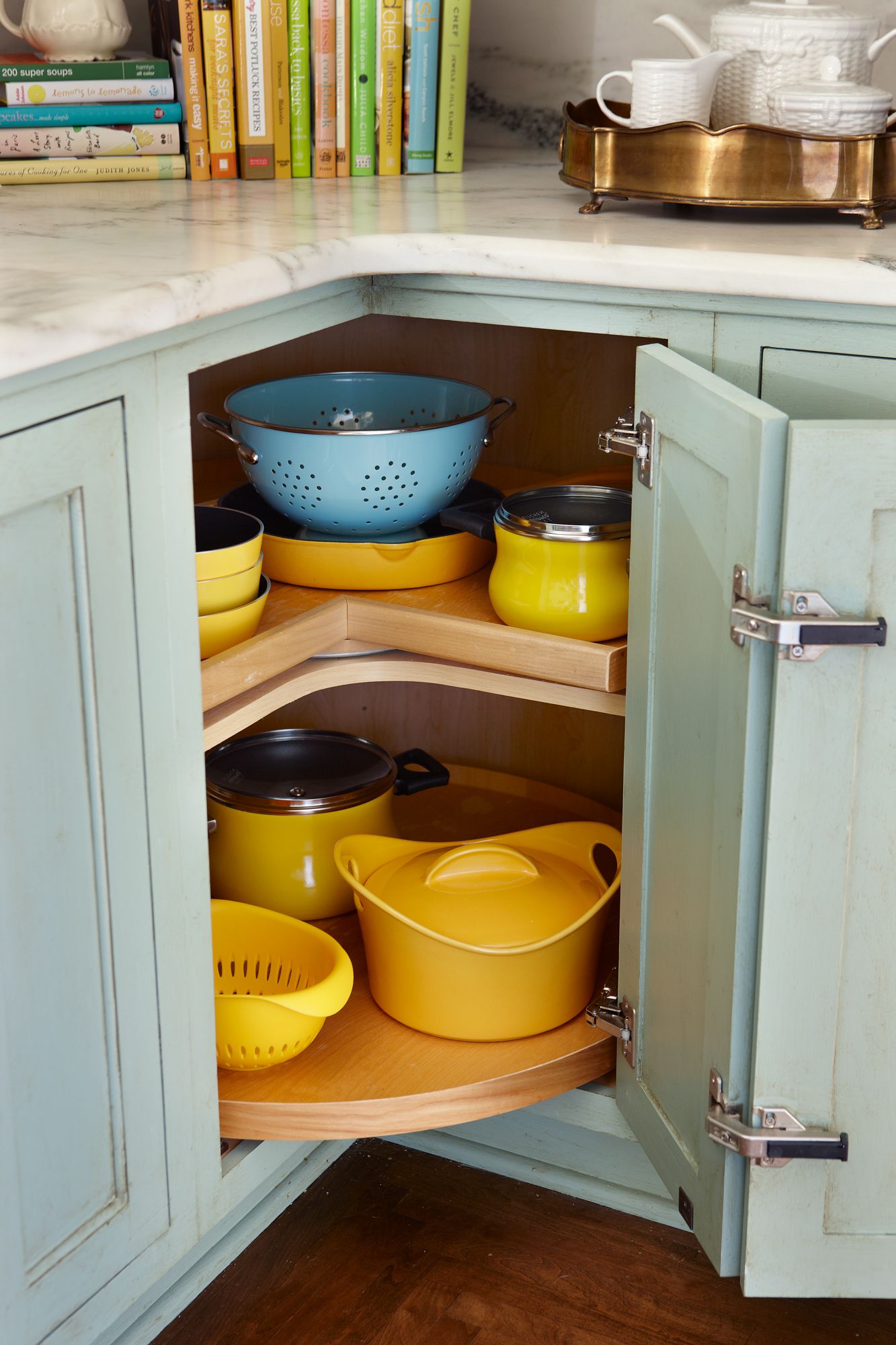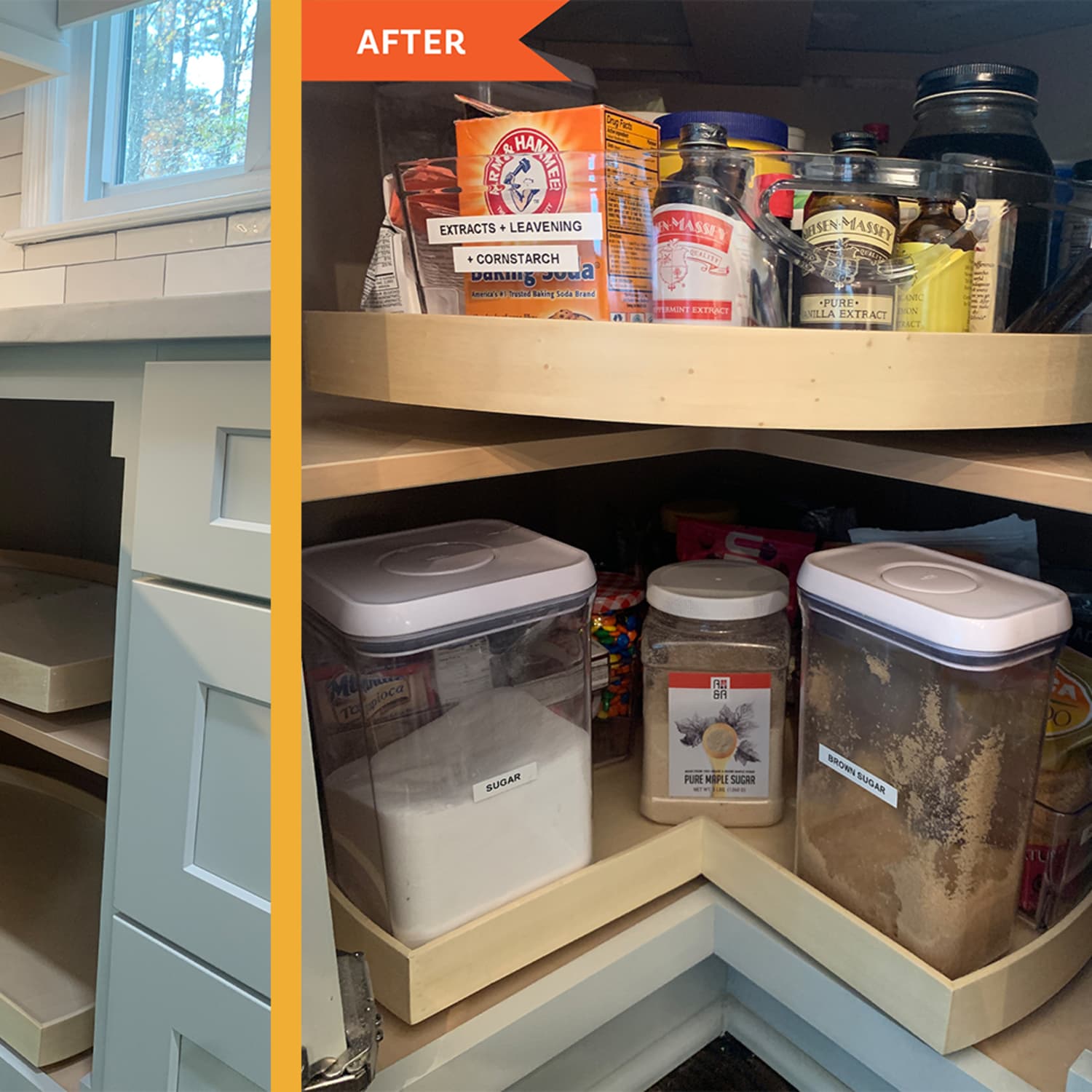Mastering Organization: A Step-by-Step Guide to Organizing Your Lazy Susan Cabinet
A Lazy Susan cabinet is a versatile storage solution commonly found in kitchens, pantries, and other areas of the home. With its rotating shelves, a Lazy Susan cabinet maximizes storage space and makes it easy to access items stored in the back. However, without proper organization, it can quickly become cluttered and chaotic. Follow this step-by-step guide to master the art of organizing your Lazy Susan cabinet:
1. Assess Your Inventory
-
Empty the Cabinet: Start by removing all items from the Lazy Susan cabinet and laying them out on a nearby surface. This allows you to see everything you have and determine what needs to be organized.
-
Sort and Declutter: Group similar items together and assess their condition and usefulness. Discard expired or unused items, donate duplicates, and set aside items that belong elsewhere in your home.
2. Plan Your Layout
-
Consider Accessibility: Determine which items you use most frequently and place them within easy reach on the front or top shelves of the Lazy Susan cabinet. Reserve the back or bottom shelves for items you use less often.
-
Adjust Shelf Heights: If your Lazy Susan cabinet has adjustable shelves, experiment with different heights to accommodate items of varying sizes. This allows you to maximize vertical space and prevent wasted storage.

how to organize a lazy susan cabinet
3. Organize by Category
-
Group Similar Items: Arrange items into categories such as canned goods, condiments, spices, baking supplies, or cleaning products. This makes it easier to locate items when you need them and prevents clutter.
-
Use Containers or Bins: Corral smaller items such as spice jars, packets, or bottles in containers or bins to keep them organized and prevent them from rolling around on the shelves.
4. Utilize Vertical Space
-
Stack Items Vertically: Stack plates, bowls, or lids vertically rather than horizontally to maximize space and improve visibility. Use plate racks or dividers to keep items upright and prevent them from toppling over.
-
Hang Items on Hooks: Install hooks or racks on the inside walls of the Lazy Susan cabinet to hang items such as kitchen towels, aprons, or utensils. This frees up shelf space and keeps frequently used items within reach.
5. Label and Maintain
-
Label Containers: Use labels or chalkboard labels to identify the contents of containers or bins. This helps you quickly locate items and maintain organization over time.
-
Regular Maintenance: Schedule regular maintenance sessions to declutter and reorganize your Lazy Susan cabinet. Periodically review the contents, discard expired items, and adjust the layout as needed to accommodate changes in your inventory.

how to organize a lazy susan cabinet
Conclusion
With these practical tips, you can transform your Lazy Susan cabinet into a well-organized storage hub that maximizes space and efficiency in your kitchen or pantry. By assessing your inventory, planning your layout, organizing by category, utilizing vertical space, and maintaining regular maintenance, you can conquer the chaos and enjoy a clutter-free and functional Lazy Susan cabinet. So, roll up your sleeves and get ready to organize your way to kitchen bliss!